introduction
In modern industry, thin film materials (such as BOPP, BOPET, PE, lithium battery separators, optical films, etc.) are the core materials in packaging, electronics, new energy, display, and other fields. These films are usually "Jumbo Rolls" with a width of several meters and a length of tens of thousands of meters when they leave the factory. To meet the needs of downstream customers, these master rolls must be cut into "slit rolls" of specific widths, lengths, and roll diameters. The equipment that accomplishes this critical task is the high-precision film slitting machine. It is not only a simple slitting but also a high-tech equipment that integrates mechanical, electrical, sensing, control and material science.
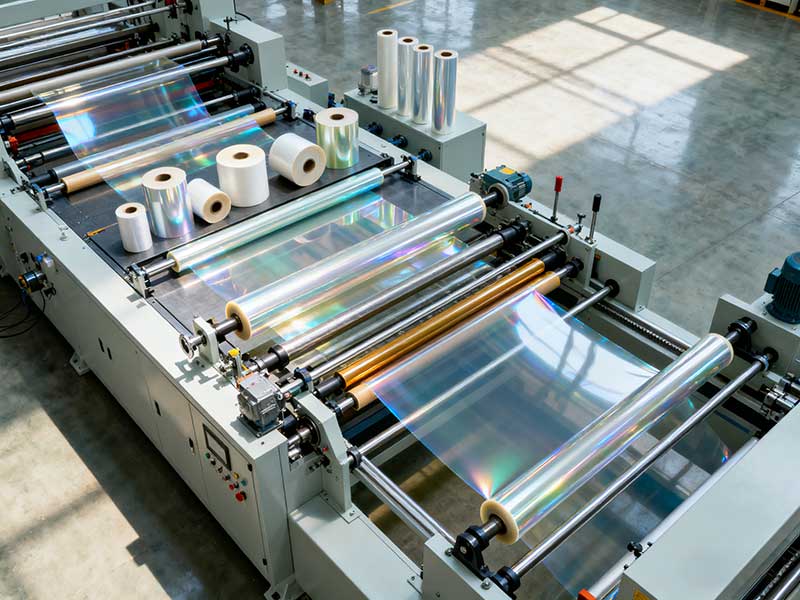
Part 1: The core process flow of high-precision film slitting machine
The high-precision slitting process is a continuous and precise process, which can be mainly divided into four core stations: unwinding, traction and correction, slitting and winding.
1. Unwinding Unit
• Purpose: Release the master roll smoothly and with constant tension.
•Process:
◦ Feeding: The master coil is accurately placed on the unwinding reel by the driving or loading cart, and the air expansion shaft expands to fix the coil core.
◦ Docking: When the old master coil is about to run out, an automatic feeding device (such as swing arm type or docking table) is used to connect the head of the new master coil with the end of the old master coil through tape, so as to achieve continuous production without stopping, which greatly improves efficiency.
◦ Tension control: The unwinding motor works in torque (tension) control mode, providing reverse braking torque through magnetic powder clutch, servo motor, etc., to establish the initial and controllable unwinding tension. This is the basis for ensuring the stability of subsequent processes.
2. Tension & EPC Unit
• Purpose: To keep the film tension stable and centered during travel.
•Process:
◦ Traction roller: Driven by an independent servo motor to precisely control the linear speed of the film, it is the benchmark for the speed of the entire system.
◦ Floating roller: This is an important tension sensing device. It is loaded by a cylinder or counterweight, and its position changes directly reflect the deviation of the actual tension from the set value. The control system dynamically adjusts the torque of unwinding or unwinding in real time according to the displacement signal of the floating roller to achieve full closed-loop tension control and ensure that the film is always in a state of tension but no deformation during the slitting process.
◦ Edge Position Controller (EPC): Consists of an edge sensor (CCD or ultrasonic) and a guiding actuator. The sensor detects the edge position of the film in real time, and once the offset occurs, the control system immediately instructs the correction mechanism (overall mobile unwinding frame or traction roller group) to make lateral (MD direction) fine-tuning to ensure that the film always runs along the preset path, which is the prerequisite for achieving high-precision slitting.
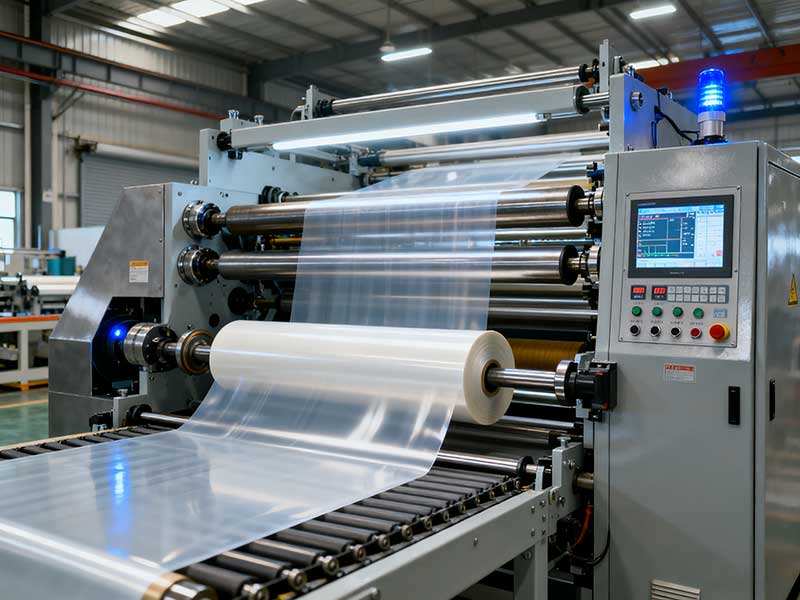
3. Slitting Unit
• Purpose: Accurately slice wide films into multiple narrow strips of material.
• Slitting method:
◦ Shear Cut:
▪ Principle: Similar to scissors. The upper cutter head (circular blade) forms a pair of shear pairs with the lower cutter roller (hardened steel roller or cutter roller with bottom knife).
▪ Features: The cut edges are flat, smooth, and dust-free. It is suitable for thicker, harder films (such as PET, PP, composite films). This is the most commonly used high-precision slitting method.
◦ Score Cut / Razor Cut:
▪ Principle: A sharp circular blade applies pressure to the surface of the film, cutting it off. The depth of the blade cut is critical, often requiring precise cuts through the film without damaging the underlying pad rollers.
▪ Features: Suitable for extremely thin, soft films (such as PE plastic wrap, CPP, lithium battery separator). Improper adjustment is prone to burrs and dust.
◦ Crush Cut: Less used for high-precision slitting, mainly used for non-woven fabrics and other materials.
4. Rewinding Unit
• Purpose: Roll multiple slitted films into finished rolls with neat appearance and consistent elasticity.
•Process:
◦ Winding method: This is the core of the technology, there are two main types:
▪ Center winding: The power directly drives the winding shaft. The structure is simple, but as the coil diameter increases and the linear speed is constant, the outer ring tension will become larger and larger, which can easily lead to loose inside and tight outside, and even wrinkled film.
▪ Surface winding: The paper tube is rewinded by an actively driven friction roller (rubber roller). It provides constant surface linear velocity and winding pressure, and the coil has a uniform hardness, making it ideal for soft and thin materials. Modern high-end slitting machines often use center/surface hybrid winding, combining the best of both worlds.
◦ Curved arm swing arm winding: commonly used in high-speed slitting machines. It has two winding shafts, and when one is full, it can instantly switch to the other empty shaft, realizing automatic unloading without stopping, and the production efficiency is extremely high.
◦ Online monitoring and adjustment: Equipped with ultrasonic or CCD sensors, real-time monitoring of the winding diameter, edgeness (cabbage heart) and surface defects, and automatically perform taper tension control (linear reduction of tension with the increase of coil diameter to ensure consistent tightness of the inner and outer layers) and pressure adjustment.

Part 2: In-depth analysis of key technological innovations
The "high precision" of high-precision slitting machines is reflected in size (width), quality (appearance) and efficiency, which is behind the deep integration and innovation of multiple technologies.
1. Intelligent multi-stage tension control system
• Traditional technology: open-loop or semi-closed-loop control, large tension fluctuations.
• Innovative technology: fully closed-loop, multi-stage, adaptive tension control.
◦ The system divides the entire path into multiple tension control sections, such as unwinding area, traction area, and winding area.
◦ High-precision floating rollers or tension sensors are used as feedback elements.
◦ PLC+high-end motion controller real-time acquisition of signals, through PID+feedforward algorithm, not only corrects the current error, but also predicts the disturbance caused by speed changes and roll diameter changes, compensates in advance, and realizes ultra-stable tension control. This is the core of avoiding wrinkling and stretching deformation of the film.
2. High Precision Guidance System (EPC)
• Traditional technology: analog sensor, slow response, low accuracy.
• Innovative technology: digital CCD/laser sensor + high-speed servo drive.
◦ Digital sensor detection accuracy can reach ±0.1mm or even higher.
◦ Servo motor as actuator with extremely fast response time (milliseconds).
◦ Advanced control algorithms can distinguish between natural jitter and real deviation of materials, avoid over-correction, and achieve "stable, accurate and soft" deviation correction.
3. Online visual inspection and automatic tool distance adjustment system
• Traditional technology: manual measurement of width, manual adjustment of tool position when stopping, low efficiency and large error.
• Innovative Technology:
◦ Install a line array CCD scanning camera after slitting or before winding to monitor the width of each strip in real time.
◦ The measurement data is fed back to the control system and compared with the set value.
◦ The tool holder controlled by the drive servo motor automatically compensates for micron-level displacement, realizing online real-time closed-loop control of the slitting width to ensure the consistent width of each roll. This is crucial for electronic films with extremely tight tolerances.
4. Digital twin and intelligent O&M
• Innovative technology: This is typical of Industry 4.0 applications.
◦ Collect equipment operation data (vibration, temperature, current, pressure, etc.) through sensors to build a digital twin of the slitting machine in the cloud.
◦ Using big data and AI algorithms, predictive maintenance (early warning of tool wear and bearing failure), process parameter optimization recommendation (recommending optimal tension, speed, and pressure parameters for different materials), and remote diagnosis can greatly improve the overall equipment efficiency (OEE) and reduce maintenance costs.
5. Precision manufacturing of core components
• Innovative Technology:
◦ Air axis: Extremely high dynamic balancing accuracy to ensure vibration-free operation at high speeds.
◦ Slitting tool holder: Special materials and heat treatment processes are used to ensure wear resistance and precision maintenance for long-term use.
◦ Overall frame: Finite element analysis (FEA) optimized design, using high rigidity materials, to ensure stable structure at high speed and huge tension, without deformation and vibration.
conclusion
From massive master rolls to exquisite finished rolls, high-precision film slitting machines complete a "ballet" of tension, speed, and precision. Its process flow seems to be linear and simple, but in fact it is full of dynamic and complex physical processes that need to be accurately controlled in real time.
The technological innovation of modern high-precision slitting machines has shifted from simple mechanical structure optimization to the deep integration of mechatronics, sensing, digitalization and intelligence. It is no longer an isolated device, but a data node in the smart factory, through continuous data flow, continuously optimizes its own performance, provides customers with high value-added, high-quality and high-efficiency solutions beyond the traditional slitting category, and has become an indispensable key equipment in the high-end film material industry chain.



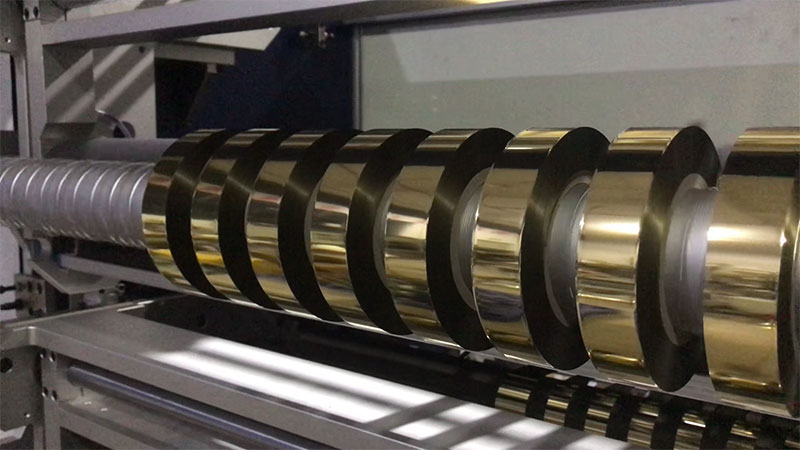
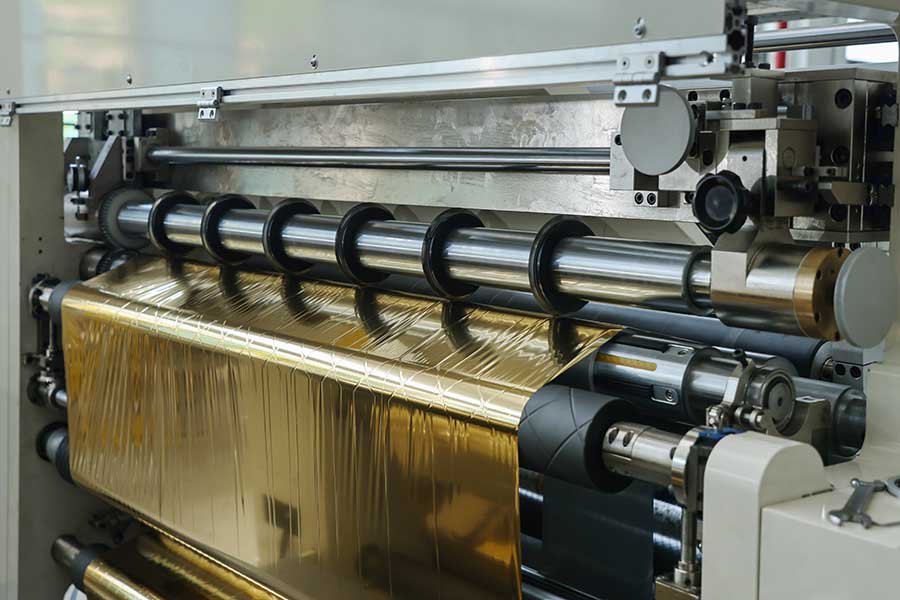
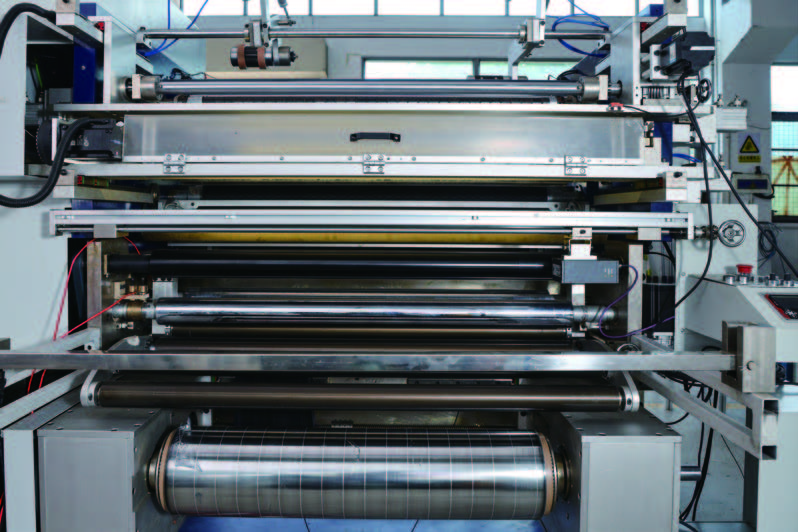
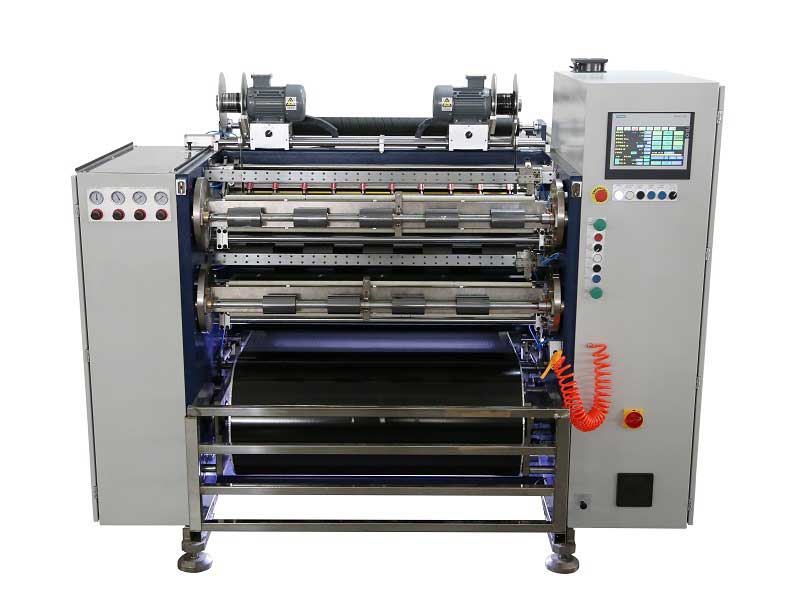 Automatic Thermal Transfer Ribbon Slitting Machine RSDS8 H PLUS
Automatic Thermal Transfer Ribbon Slitting Machine RSDS8 H PLUS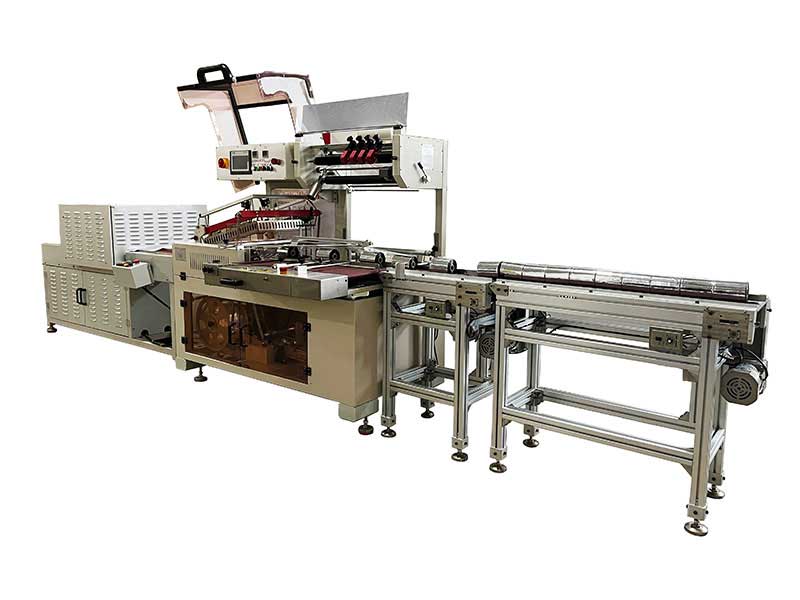 Thermal Transfer Ribbons Packaging Machine
Thermal Transfer Ribbons Packaging Machine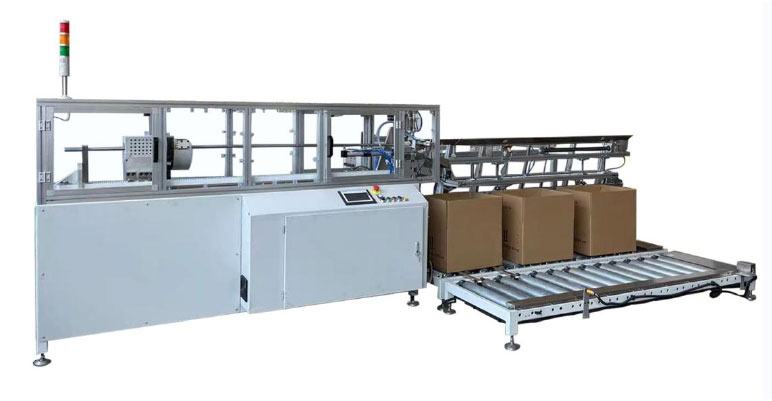 Automatic Paper Core Cutting Machine
Automatic Paper Core Cutting Machine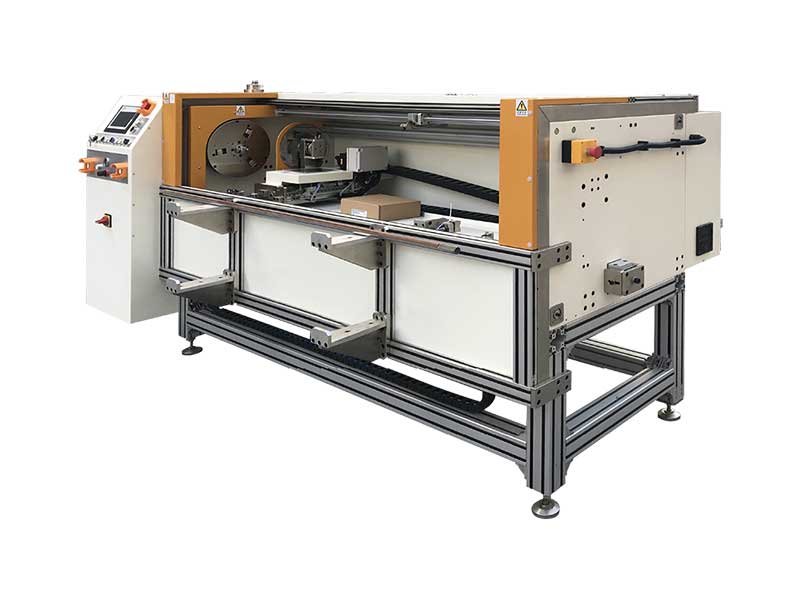 Automatic Foil Roll Cutting Machine
Automatic Foil Roll Cutting Machine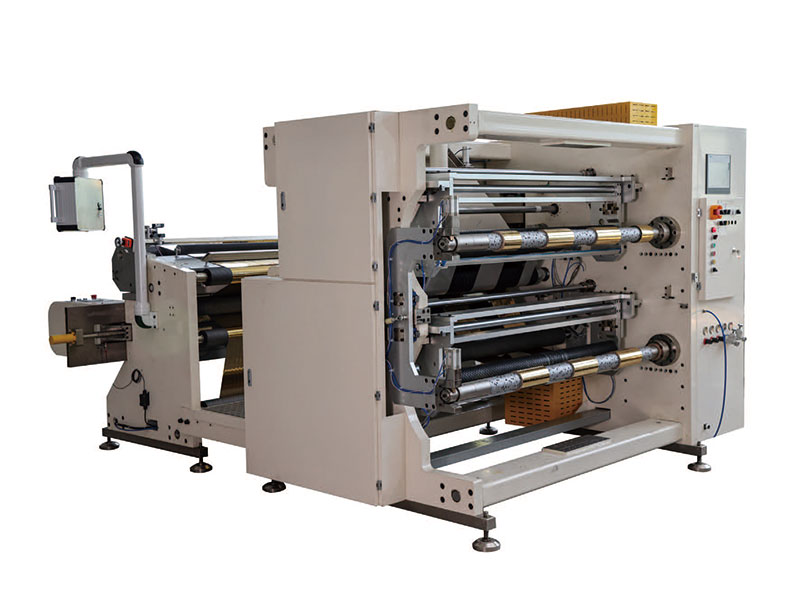 1400mm Hot Stamping Foil Slitting Machine
1400mm Hot Stamping Foil Slitting Machine Semi Automatic Thermal Transfer Ribbon Slitting Machine RSDS5 PLUS
Semi Automatic Thermal Transfer Ribbon Slitting Machine RSDS5 PLUS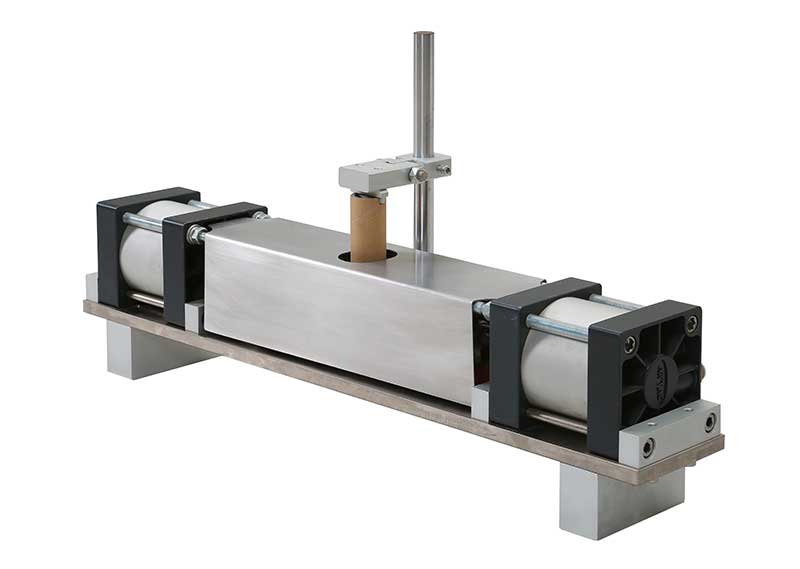 Paper Core Notch Puncher
Paper Core Notch Puncher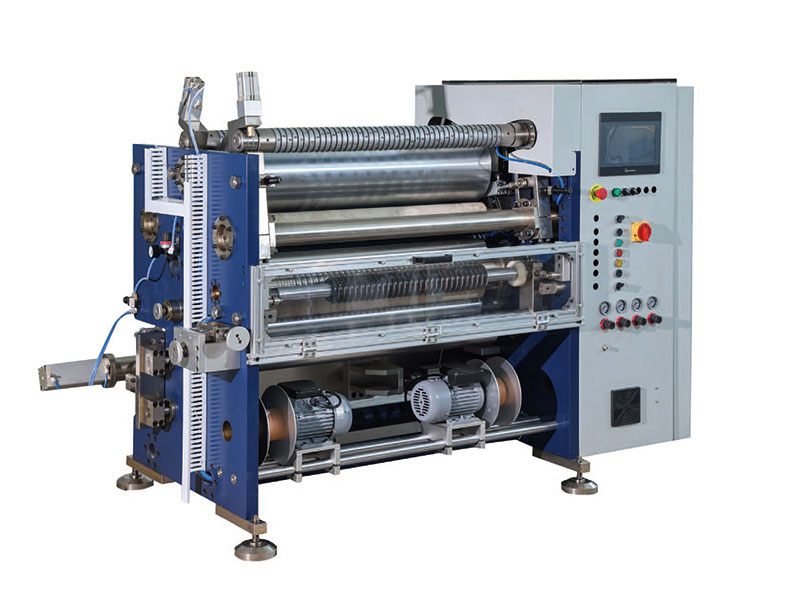 800mm Hot Stamping Foil Slitting Machine
800mm Hot Stamping Foil Slitting Machine

